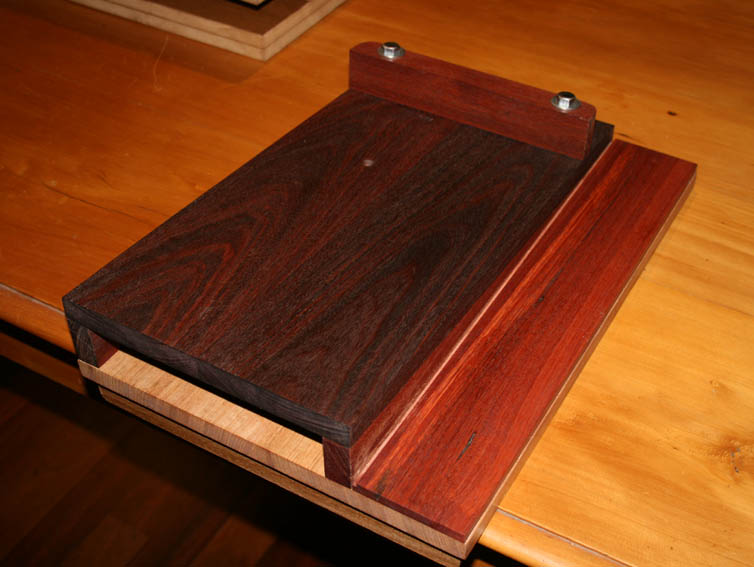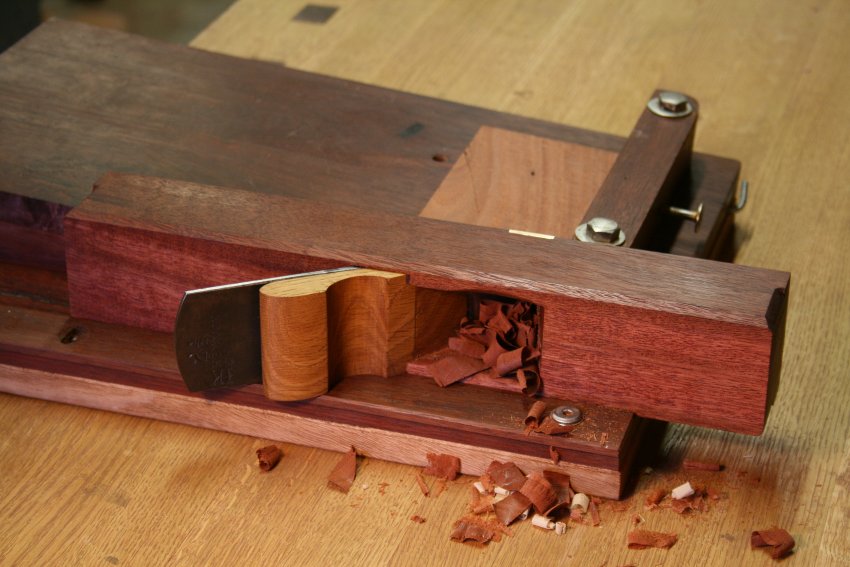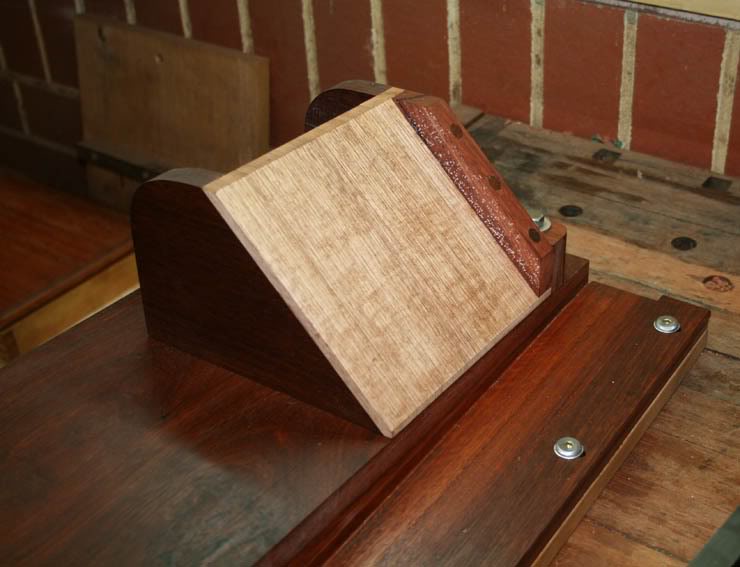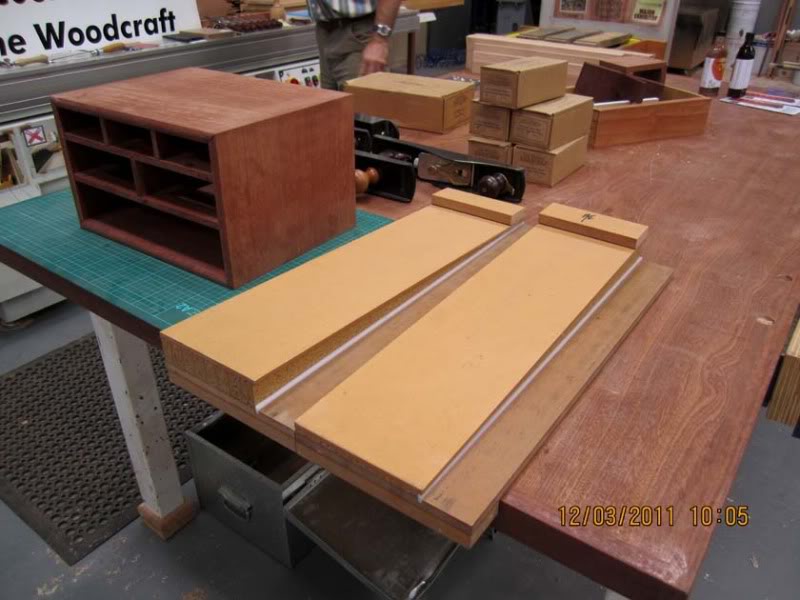I've used a basic homemade shooting board for 10 years or so. But for some reason, it didn't make the move from our old house. Probably because it looked like a worn out piece of plywood scrap.
So, it's time to make a new one. I've watched some youtube videos and am intrigued by the ramped version.
It makes for a much more complicated build. Is it worth it?




 Reply With Quote
Reply With Quote










 .
.


